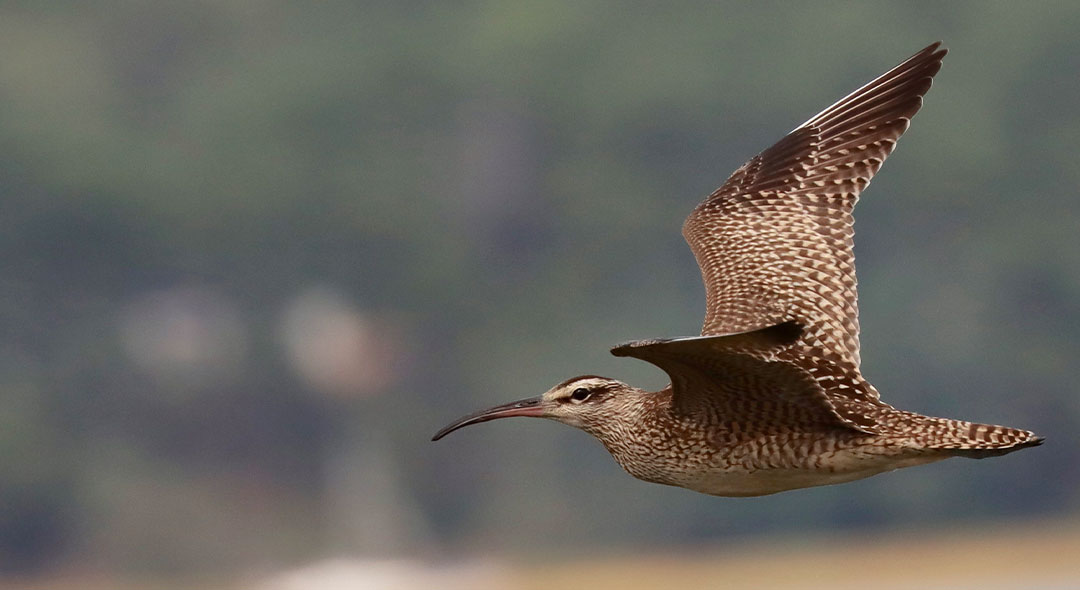Late last year, the Western Hemisphere Shorebird Reserve Network (WHSRN) published its 19th collaborative Species Conservation Plan for shorebirds of high conservation concern.
WHSRN’s mission is to conserve shorebirds and their habitats through a network of key sites across the Americas. The Network includes 88 sites in 13 countries and more than 32 million acres of habitat. The Manomet Center is a lead partner in WHSRN and operates its executive office.
Working over the past nine years with shorebird experts from partner organizations, WHSRN developed the 19 plans in response to conservation priorities established in the U.S. Shorebird Conservation Plan. The Species Conservation Plans describe each species’ ecology, status, population estimates, habitat needs, threats and important sites (those that support at least 1 percent of a biogeographic population) throughout the Western Hemisphere. They also identify and prioritize conservation actions needed in the short term for the long-term recovery of each species.
To better understand threats to shorebirds at particular sites, WHSRN is performing cross-analyses between the Species Conservation Plans and results from its Site Assessment Tool (SAT). The Tool helps partners assess their WHSRN site’s current overall health for shorebirds, identify and prioritize threats and needed conservation actions, and perform follow-up assessments to measure progress.
“We are analyzing each Species Conservation Plan and the SAT results from WHSRN sites that are most important to each species,” said Meredith Gutowski Morehouse, conservation specialist for the WHSRN Executive Office. “This helps us identify opportunities for improved conservation efforts range-wide.”
Morehouse presented the results of these analyses at the Western Hemisphere Shorebird Group meeting last September in Colombia.
Some of the plans were also used to help coordinate and expedite response efforts after the 2010 BP Deepwater Horizon disaster. More than 30 shorebird species spend at least a portion of their life cycle along the Gulf coast and the spill occurred at a sensitive time, just as species of high conservation concern were nesting and raising chicks.
In response to the disaster, Manomet scientists pulled nesting information from the Species Conservation Plans and produced interactive maps of important sites in the immediate and potential path of the oil. The information was used by partners in the Gulf to protect shorebirds and their nesting areas.
All 19 Species Conservation Plans can be viewed here.
An interactive GoogleEarth map file of species-specific important sites, developed by WHSRN Database Specialist and Technical Assistant Lisa Schibley, can be viewed here.





 Back to all
Back to all